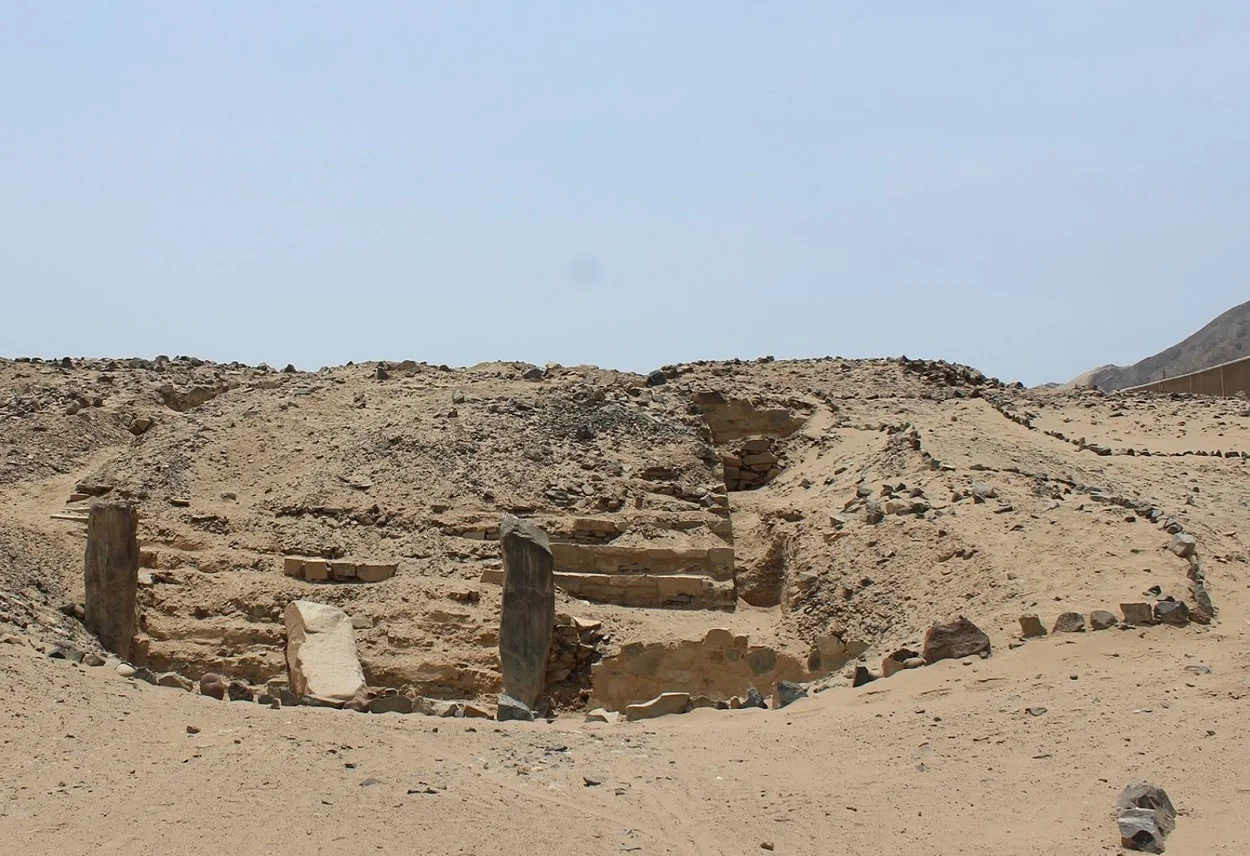Archaeologists excavating the Chupacigarro archaeological site have discovered a previously unknown pyramidal structure.
Chupacigarro is part of the Caral Archaeological Zone, located just one kilometre west of the Sacred City of Caral in the Supe valley of Peru’s Lima region.
Caral was the main city of the Caral civilisation, a complex Pre-Columbian people that flourished between the fourth and second millennia BC. Caral is considered one of the oldest urban centres in the Americas, which many archaeologists attribute as the model for the urban design adopted by various Andean civilisations that followed.
Situated in a small ravine, Chupacigarro was part of a larger network of settlements in the Supe Valley, serving as a key point along a communication route that linked the valley to the Huaura coast, enabling trade and resource exchange.
Previous excavations at Chupacigarro have identified public or ceremonial structures arranged around a central space. The most prominent structure, simply known as the “Main Building”, features a sunken circular plaza—an iconic architectural element of Caral civilisation.
Recent excavations led by Dr. Ruth Shady in “Sector F” of the Chupacigarro archaeological site have uncovered a pyramidal structure that was hidden beneath dense undergrowth and huarango trees.
After clearing the vegetation, the archaeologists uncovered stone walls forming three distinct platforms. As they traced the walls, they also identified large stones known as huancas which marked the structure’s corners and the central staircase leading to the summit—also an architectural feature typical of the Caral civilisation.
According to a press statement by the Ministry of Culture for Peru: “Research on this newly discovered structure will help the team from the Caral Archaeological Zone better understand the full urban layout of the Chupacigarro settlement. These findings will also contribute to the site’s preservation and development, allowing it to be opened to visitors alongside Caral.”
Header Image Credit : Ministry of Culture
Sources : gob.pe





